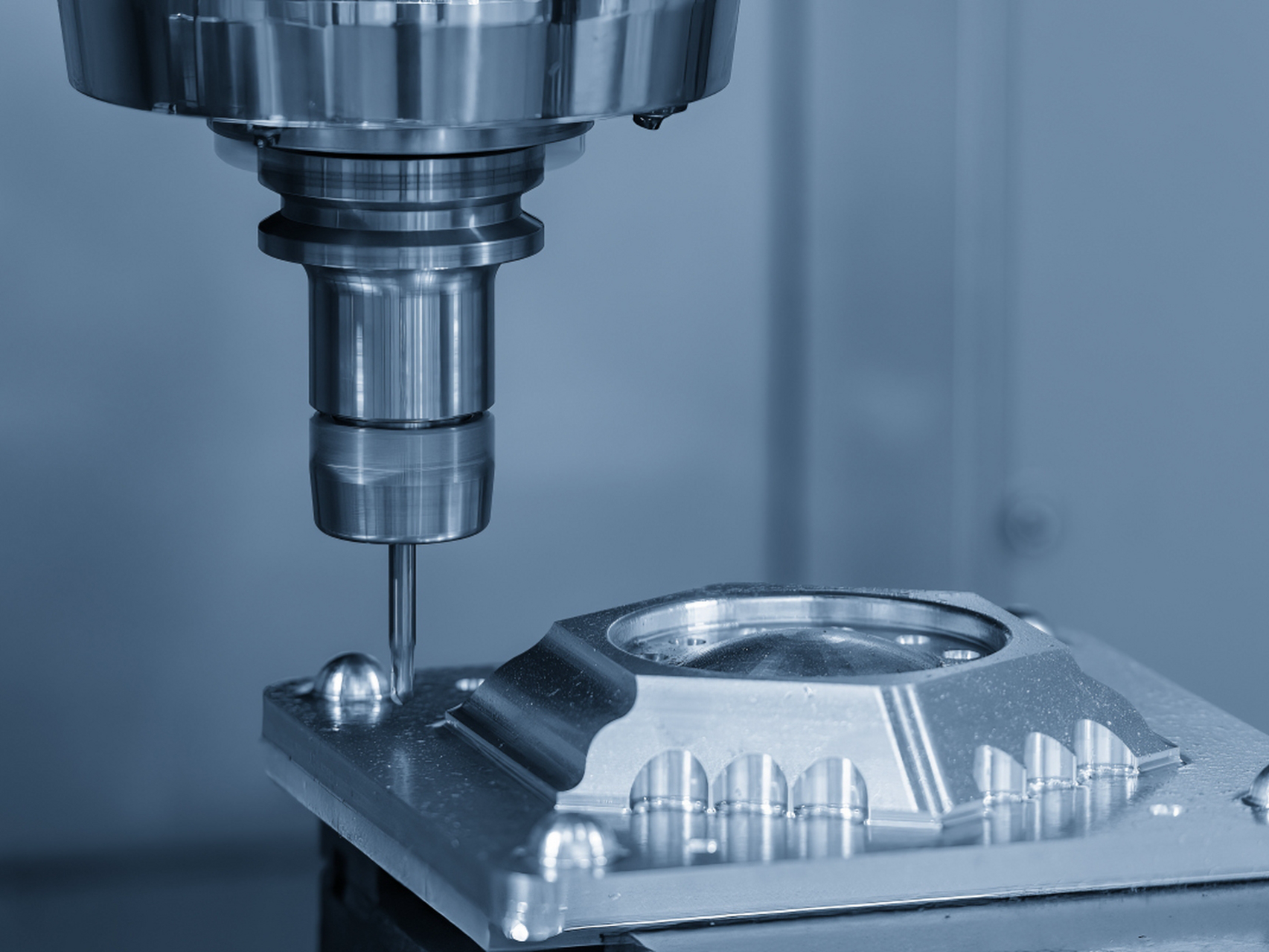Fast 3D Printing and CNC Machining for Rapid Prototype Development
Introduction
Speed and precision are essential in today’s fast-paced product development cycles. Rapid prototyping with 3D printing and CNC machining accelerates the journey from concept to market-ready components. These technologies allow engineers to iterate, test, and refine ideas quickly.
By combining 3D printing’s design flexibility with CNC machining’s accuracy, manufacturers can produce functional prototypes in days instead of weeks, reducing cost, improving design validation, and streamlining production workflows.
The Role of Rapid Prototyping in Product Development
Rapid prototyping allows engineers to create physical models within 24–72 hours, depending on complexity and method. These models replicate dimensions within ±0.2 mm for printed parts and as tightly as ±0.01 mm for CNC-machined components. This level of dimensional control supports form, fit, and function testing early in the design process.
Using services like 3D printing and CNC machining, development teams can rapidly shift from CAD models to physical components, ensuring quicker design validation and fewer downstream changes.
Advantages of Fast 3D Printing in Prototyping
3D printing is optimal for producing concept models and initial prototypes in as little as 6–24 hours. Depending on the technology, it supports layer heights as low as 25 µm and part tolerances of ±0.2–0.5 mm.
SLA (Stereolithography): Ideal for visual models and tight-tolerance prototypes with surface finishes of Ra 1.2–2.5 µm.
SLS (Selective Laser Sintering): Produces durable parts with tensile strengths of up to 48 MPa using PA12 and dimensional accuracy of ±0.3 mm.
FDM (Fused Deposition Modeling): A budget-friendly option with 100–300 µm layer resolutions, suitable for large parts or basic geometry.
These processes best suit fit checks, design reviews, and ergonomic evaluations before transitioning to tooling-intensive methods like die casting.
Benefits of CNC Machining for Functional Prototypes
CNC machining is ideal for producing prototypes that simulate final part performance. It supports ultra-precise tolerances down to ±0.005 mm and surface finishes up to Ra 0.8 µm, depending on tooling and setup.
This process is crucial when testing prototypes for thermal conductivity, mechanical loading, or assembly behavior. CNC machining also enables prototyping in final production materials such as:
A380 aluminum alloy with tensile strength of 317 MPa and thermal conductivity of 96 W/m·K
Brass and copper alloys like C18200 for electrical components with conductivity >80% IACS
Engineering plastics like POM and PEEK with high chemical resistance and tensile strength exceeding 90 MPa
Hybrid Workflow: 3D Printing + CNC Machining
A hybrid workflow uses both technologies strategically. 3D printing delivers fast iterations during design refinement, while CNC machining ensures functional validation using production-grade materials and surface finish standards.
Combining these methods can cut the development cycle by 30–50% and reduce prototyping costs by up to 40%, especially when paired with secondary processes such as post-machining, anodizing, or assembly.
Process Comparison Table
Feature | 3D Printing | CNC Machining |
|---|---|---|
Lead Time | 6–48 hours | 2–5 days |
Tolerances | ±0.2 – ±0.5 mm | ±0.005 – ±0.01 mm |
Surface Finish | Ra 1.2–12.5 µm | Ra 0.8–3.2 µm |
Material Options | Plastics, resins, composites | Metals, engineering plastics |
Geometry Complexity | Excellent for complex or hollow forms | Limited by tool access and geometry |
Prototype Functionality | Moderate (depends on material) | High (close to final performance specs) |
Cost per Unit (prototype phase) | Low to moderate | Moderate to high |
Best Use Case | Concept models, design iteration | Functional testing, pre-production runs |
Material Flexibility and Design Freedom
Material selection is critical in prototype performance. 3D printing supports a broad range of thermoplastics (e.g., Nylon PA12, TPU, PETG) and composite resins with flexural moduli up to 2.5 GPa. CNC machining enables precise geometry and performance testing in metals and industrial polymers:
Zamak 3 offers good dimensional stability with yield strength ~270 MPa
C18200 copper alloy supports high-current applications with hardness of ~100 HB
PEEK supports 260°C continuous service temperatures and has a tensile strength >100 MPa
This versatility helps simulate operational conditions and verify manufacturability before full production.
When Speed Matters: Partnering with the Right Provider
Partnering with Neway ensures rapid turnaround with professional-grade accuracy. We offer in-house 3D printing and CNC machining with standard lead times as fast as 1–3 working days depending on part complexity.
Neway’s integrated workflow includes tool and die making, low-volume manufacturing, and surface finishing, enabling complete development cycles under one roof.
Conclusion
Fast 3D printing and CNC machining are no longer luxuries but strategic assets in modern product development. Combined, they provide a powerful pathway to develop fast, functional, and production-ready prototypes.
FAQs
What are the typical lead times for 3D printed and CNC machined prototypes?
Which materials are best suited for functional prototyping?
How accurate are prototypes made using 3D printing vs CNC machining?
Can prototypes be post-processed to match final production quality?
How do I choose between 3D printing and CNC machining for my project?

